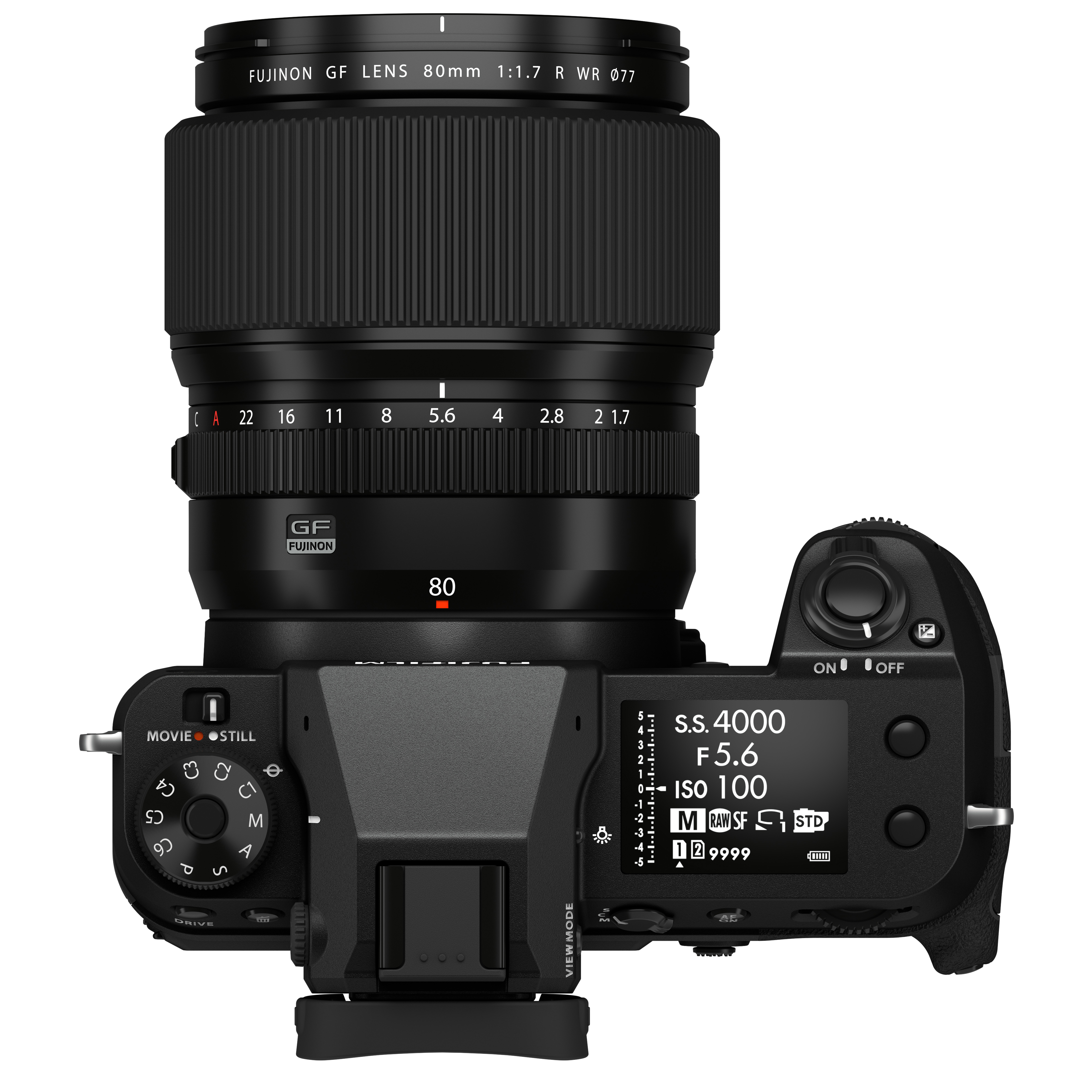The GFX100S is smaller than the GFX50S, has double the Megapixels, and has dual IBIS tech for $5,999.
Fujifilm has revolutionized the Medium Format market. There are no two ways about that. Since the introduction of the original GFX50, Fujifilm has taken several giant strides forward with its Medium Format tech. Today, Fujifilm continues with its mission by announcing the 102 Megapixel GFX100S. On top of this new camera, Fujifilm has also announced a new lens – the GF 80mm f1.7 R WR, which is now the fastest Medium Format lens on the market. To top it off, these two new products’ prices are inching ever closer to Full-Frame territory. Find out all of the juicy deets about these new Fujifilm products after the break.
Fujifilm has really done a great job fleshing out its Medium Format lineup. The GFX50S and 50R are still selling like hotcakes. The GFX100 is still at the top of its game too. So, where does the new GFX100S fit in? Let’s take a closer look.
Table of Contents
The Fujifilm GFX100S
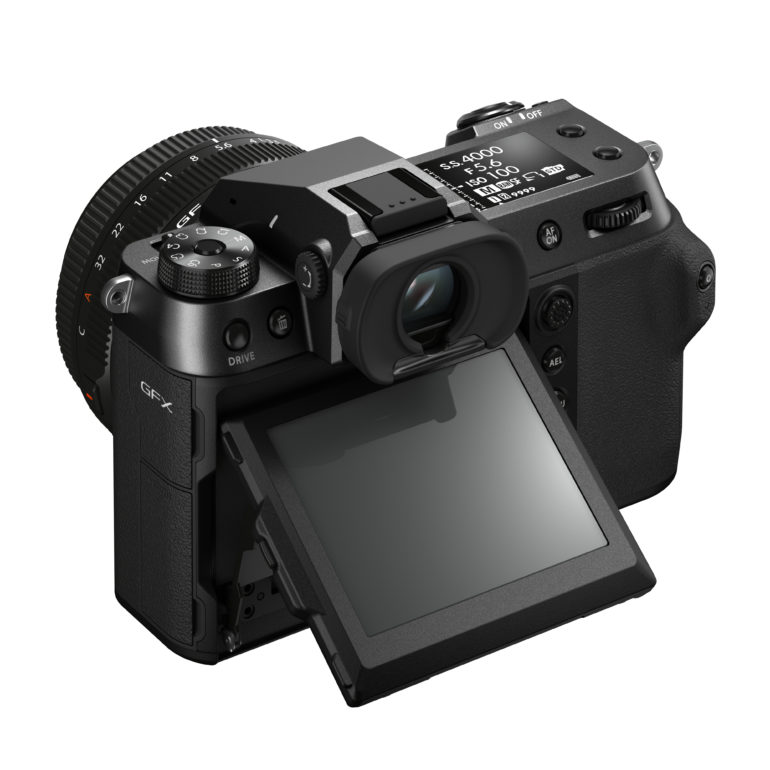
As you can imagine, the Fujifilm GFX100S is packing a lot of high-end specs. Let’s take a closer look at them:
- 102M pixels 43.8×32.9mm CMOS Sensor
- X processor 4 (4:2:0 10bit / 12bit ProRes Raw 4K/30p)
- 5.0fps Continuous Shooting with AF-C / 64Gb DRAM
- New Smaller Shutter & IBIS in smaller & Lighter weight body
- Up to 6.0 stops Sync. Lens/IBIS / 4K30p non-crop recording
- 100% Phase Detection AF up to -5.5EV@F1.7/ F13~16
- All of the features from X-T4 and GFX100
- DIS for Movie / ProRes Raw 12bit Output
- 400 Megapixel Multiple Shot, Drone & Gimbal support
- GFX S (shooting) style Body H150 x V104 x D44mm
- New Battery NP-W235 in grip makes the body thinner
- Weather and Dust resistant, Freeze Proof to -10°C
- Initial Shipment: Feb/Mar 2021
- Launch Price: US $5,999
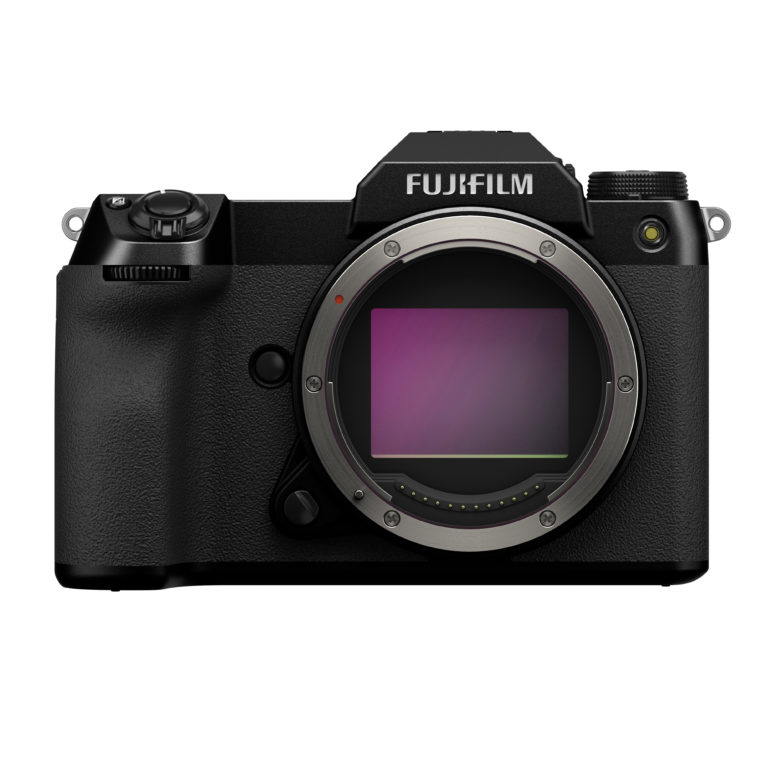
Okay, that’s quite a bit to take in. Essentially the GFX100S brings the 102 Megapixel sensor from the GFX100S and puts it into a body that is smaller in volume than the original GFX50S. In addition to this, Fujifilm has figured out a way to not only shrink their IBIS system but also improve upon it. The Fujifilm GFX100S IBIS system will now work in conjunction with lens stabilization. This means that you can now get up to six stops of stabilization. This is a number that’s great for APS-C and Full-Frame cameras. The fact that Fujifilm can get this level of performance out of a Medium Format camera system is quite amazing.
The Fujifilm GFX100S Is a Bargain
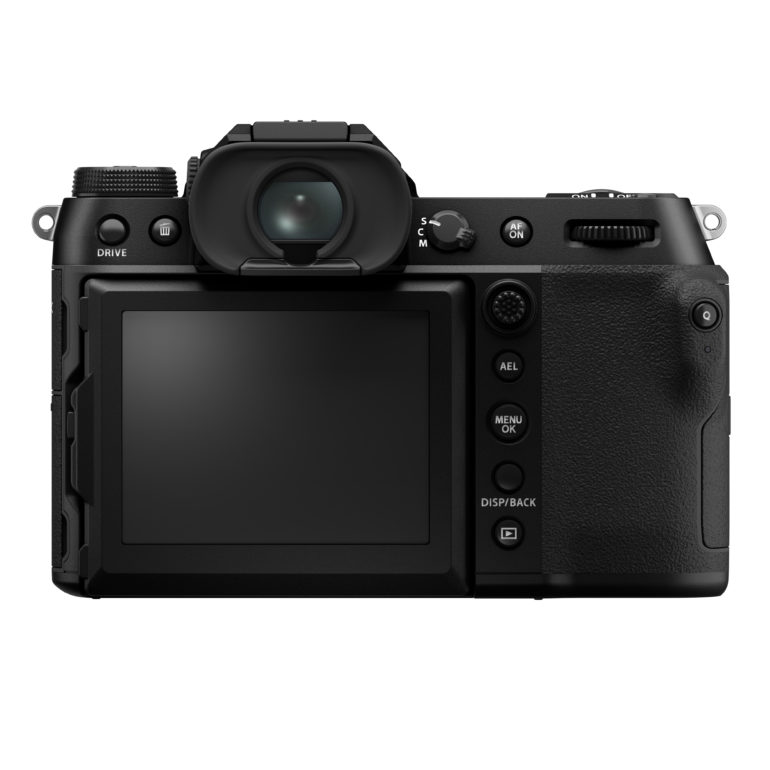
So, who is the Fujifilm GFX100S for? This camera is for the serious landscape and cityscape photographer. The Fujifilm GFX100 is ideal for those who like to shoot fashion and portraiture due to the extra grip and vertical controls. So, grab that model if you focus on those genres. However, at just 1.9lbs (compared to the 3lbs the GFX100 weighs), the GFX100S makes it the ideal Medium Format camera to take with you on hikes. The camera also introduced a new film simulation too. Owners of the Fujifilm GFX100S will be able to play with Nostalgic Neg. The film simulation, which features cyan sky, vermillion reds, and overall soft tonalities, will be the 19th film simulation Fujifilm has introduced.
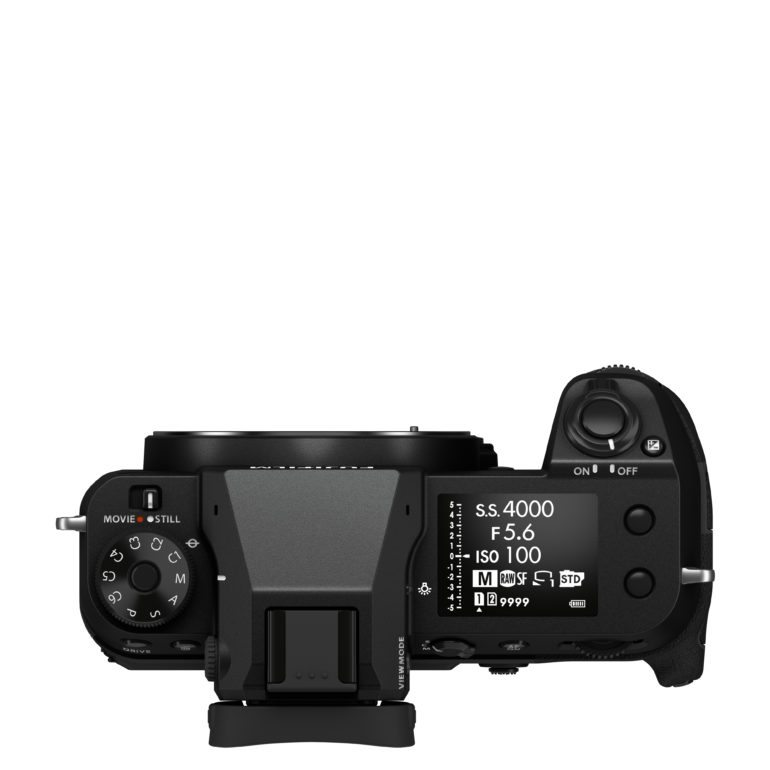
Amazingly, the GFX100S costs just $5,999! Still, that’s a lot of money for anyone. However, it’s not too far off the price of top-of-the-line Full-Frame cameras, and it’s a full $4,000 cheaper than the OG GFX100. This, my friends, makes the Fujifilm GFX100S a bargain. Will Medium Format become the new normal format? Time will tell, but if these cameras’ prices continue to fall, then I don’t see why not. Fujifilm has probably got quite a few manufacturers looking over their shoulders right now. Of course, we will bring you a review as soon as we get our hands on a review copy.
The Fujifilm GF80mm f1.7 R WR
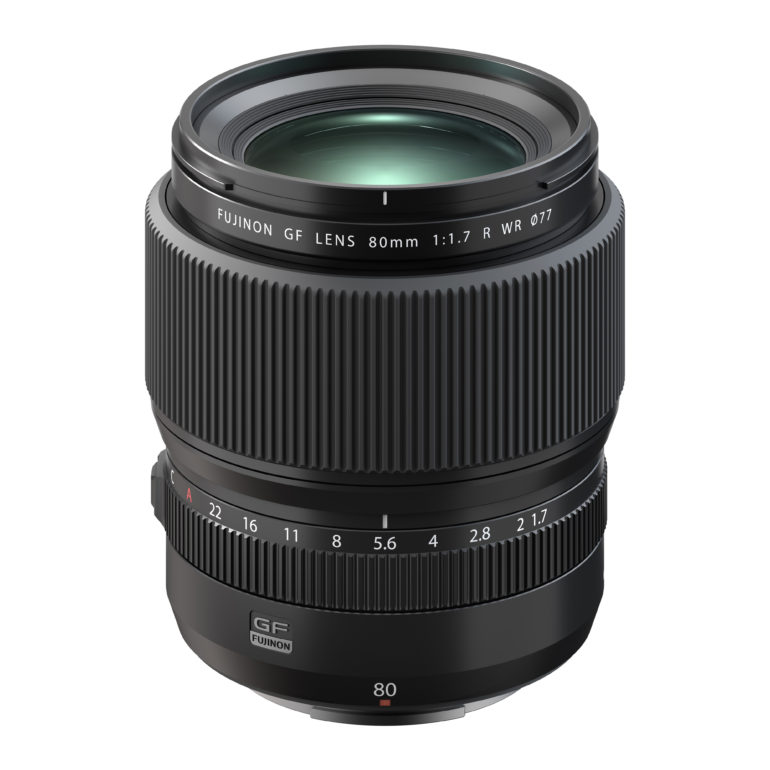
Fujifilm has been steadily increasing the size of its Medium Format lens lineup too. Like their cameras, the GF lenses have been breaking ground with their designs and price points. The new GF80mm f1.7 R WR is no exception. Here’s a look at the lens specs:
- Lens configuration: 12 elements in 9 groups (Asph:1, Super ED:2)
- Focal length: f=80mm (63mm, 35mm equiv)
- Angle of view: 37.7°
- Max. aperture: F1.7
- Min. aperture: F22
- Number of blades: 9( rounded diaphragm opening)
- 1/3EV (23 steps)
- Min Focus Distance: 0.7m
- Max. magnification: 0.15x
- External dimensions: Φ94.7×99.2mm
- Weight 795g (1.75lbs)
- Filter size: Φ77mm
- Aspherical lens
- $2,299.95
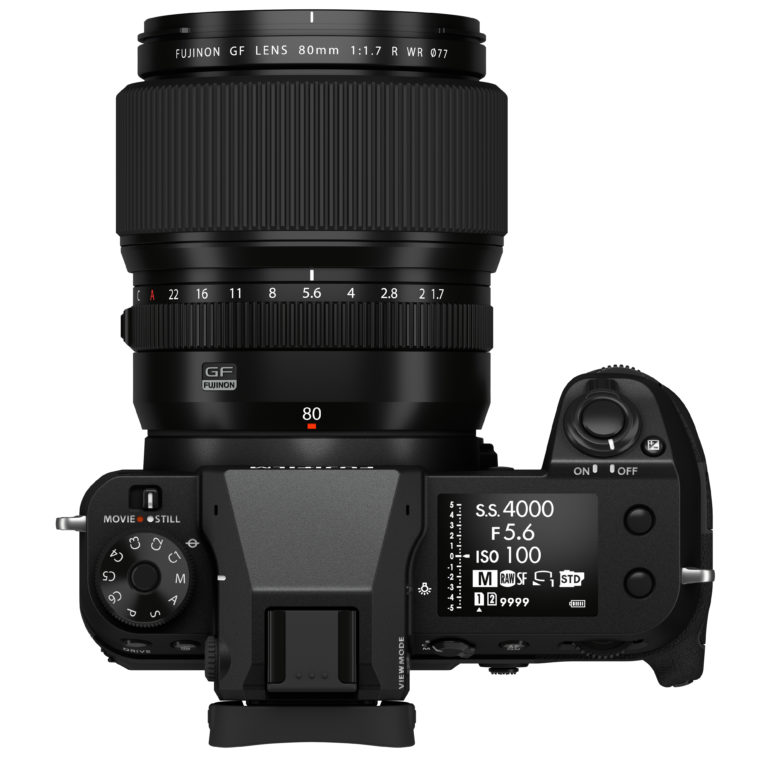
The Fujifilm GF80mm f1.7 R WR will have a 35mm equivalent focal length of 63mm with an equivalent aperture of roughly f1.4. That means this is one super-fast prime lens. In fact, it is the fastest Medium Format lens available. We have been calling for faster lenses for GFX cameras for quite some time now, so this is music to our ears. This lens will be a great option for street photography, documentary work, portraits, and so much more.
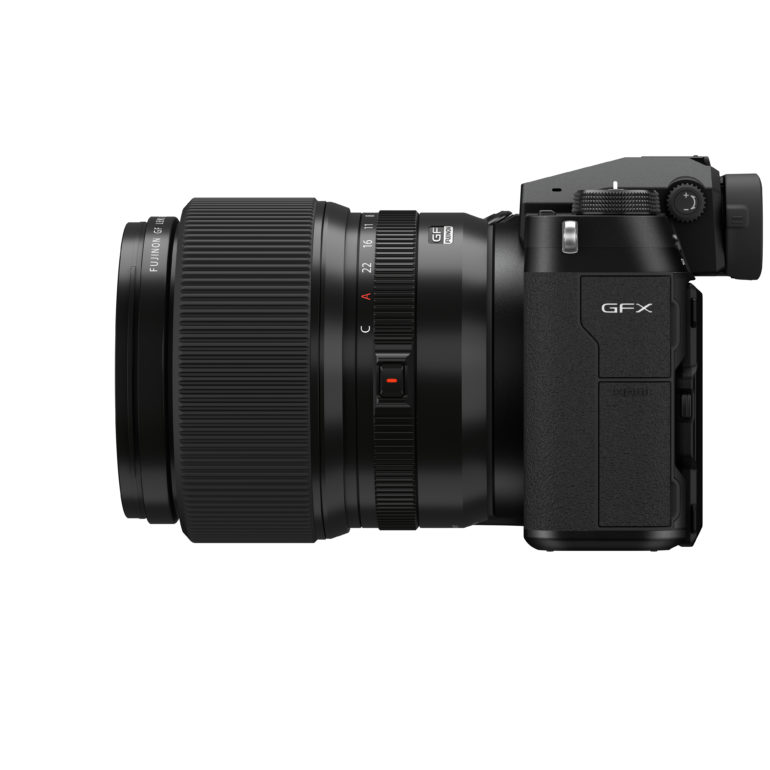
The price will be $2,499, which puts it on par with recent Canon RF glass. Again, the price of Medium Format lenses is now on par with top-shelf Full Frame options. The price gap is shrinking all the time. So far, there hasn’t been a single GF lens that has left us unimpressed, and we’re pretty sure this lens will be another winner. Of course, as with the GFX100S, we will bring our review to you as soon as we can.
The Big Takeaway
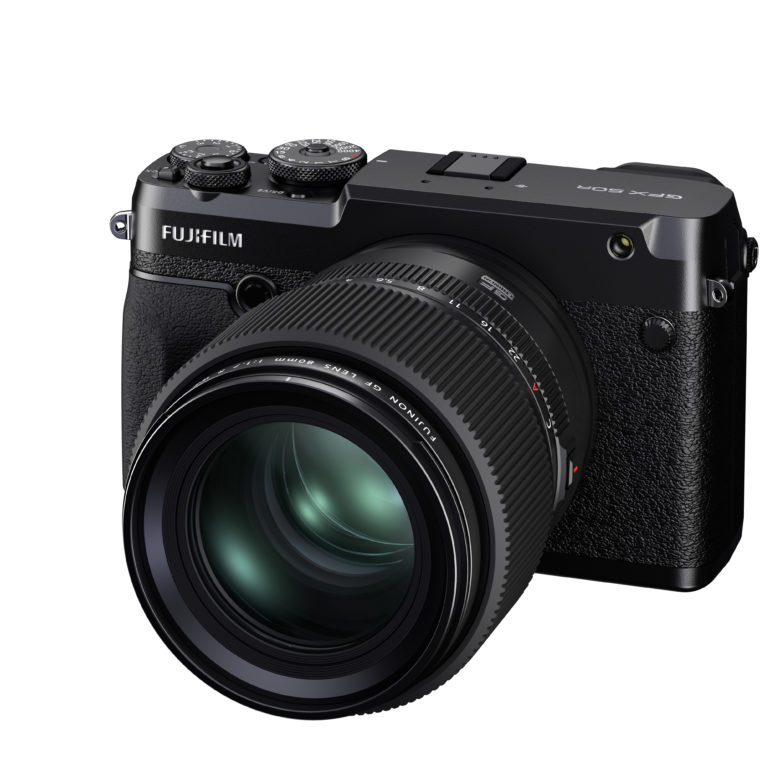
What’s the big take away from these announcements from Fujifilm? Obviously, Fujifilm is all in with Medium Format. I have recently seen more calls from photographers for Fujifilm to release a Full-Frame camera. Honestly, that’s not going to happen. Ever. Fujifilm has found a way to infiltrate a segment of the camera market that was held to ransom by Hasselblad and Phase One.
Fujifilm has now made this platform affordable to more than the elite. There’s enough of a gap between Fujifilm’s APS-C cameras and their Medium Format cameras to make this work, and Fujifilm is doing a bang-up job. Just $5,999 for a 102 Megapixel Medium Format camera. Mind Blown! It wasn’t long ago that Medium Format cameras with 100 Megapixel sensors cost close to $30,000! Lenses for Medium Format cameras have historically cost $4,000 and up too. So to see top quality glass sell for less than half of that is incredible. Fujifilm needs to be commended for innovating in a space that sorely needed it. We look forward to bringing you the reviews of these two products.


